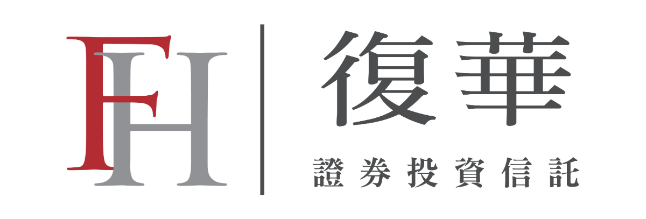Taiwan’s financial regulator is clamping down on bond ETFs in a bid to reign in local institutional investors, who are judged to be over-purchasing them.
Vast assets have swung into Taiwanese bond ETFs the past two years, driven primarily by strong demand from local life insurers.
The massive flows boosted bond ETF assets 900% higher last year, and more than three-fold over the first eight months this year to NT$1.43 trillion (US$46 billion) at the end of August.
More than 90% of fixed income ETF assets are held by Taiwanese life insurers. Some individual fixed income ETFs were fully subscribed by one or two insurers during their IPO listings.
The Financial Supervisory Commission (FSC) fears that the highly concentrated institutional holdings of these ETFs may cause liquidity risk.
To get a handle on this, in mid-September, the regulator banned local ETF issuers from launching three fixed income ETFs or target-date bond funds consecutively.
The measure was aimed at encouraging local managers to diversify their new product mix away from fixed income-related products. It will help mitigate the potential risks if the funds’ underlying fixed income assets face significant redemption pressure, the FSC says.
The move comes four months after the regulator required that an individual investor can only hold up to 50% of a newly launched fixed income ETF, and the share needs to drop to 30% within six months from the listing, while the institutional holdings for existing ETFs should gradually decrease to 70%.
According to Anthony Lam, associate director for insurance at Fitch Ratings, the tightened rule against three consecutive fixed income ETFs or target date funds, coupled with other regulatory tightening, is expected to “slow down the growth of the fixed income ETF market going forward”.
Taiwanese life insurers have been eager to gain indirect exposure to overseas fixed income through ETFs for multiple reasons. For example, they can circumvent the 45% overseas investment upper limit, and they don’t need to conduct FX hedging compared with direct overseas fixed income investment.
“With regard to liquidity risk of fixed income ETF, it remains to be seen whether the lower single-investor limit in a particular fixed income ETF will improve the market liquidity,” Lam adds.
Patrick Liao, vice president of the equity investment division at Fuh Hwa Securities Investment Trust Co, says the new measure is coming at “the right time”, noting that it can mitigate the competition among fund managers in management fees.
Jeff Chang, chairman of Taiwan’s Securities Investment Trust Consulting Association, previously told Reuters that the new measure is to deter local managers from issuing heterogeneous ETF products.
However, Liao believes the fixed income ETF market will still have room for product differentiation in terms of duration, rating and issuing places of fixed income assets.
According to the Taipei Exchange, there have been 47 fixed income ETFs listed in the over-the-counter market between January and October. The new products are diversified, running the gamut from five-year China policy bank credits to 15+ US healthcare bonds.
There are currently 91 bond ETFs in Taiwan with NT$1.3 trillion of total assets, accounting for almost 70% of overall ETF assets.




